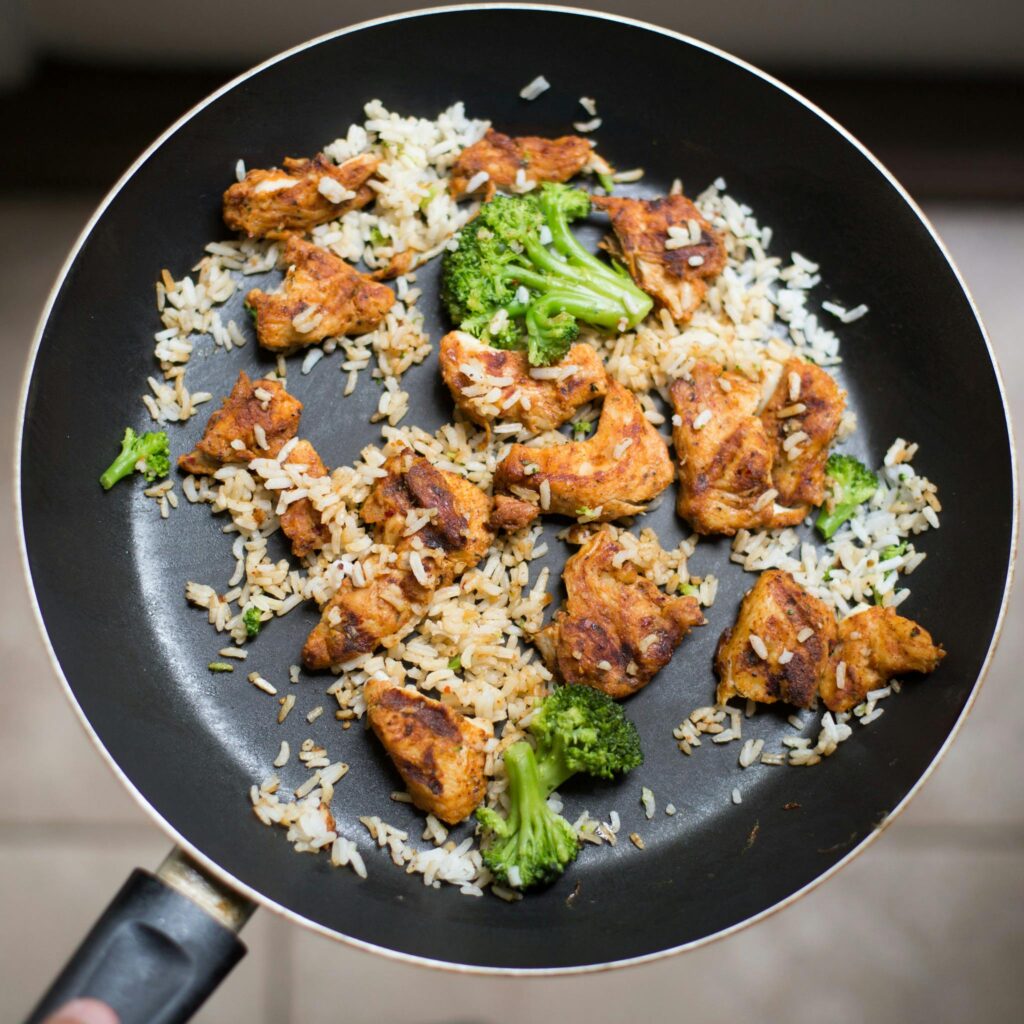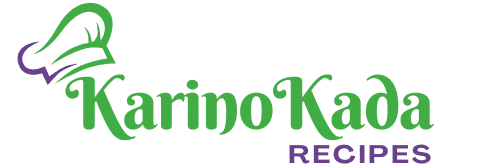Introduction

Do you ever find yourself standing in front of the fridge at 8 p.m., wondering what to eat and ending up ordering takeout? You’re not alone. In today’s busy world, finding time to cook healthy meals every day can be a real challenge. That’s where meal prepping comes in.
Meal prepping isn’t just a trend; it’s a proven strategy that helps you save time, eat healthier, and reduce stress during the week. By setting aside a little time to plan and prepare meals in advance, you can make healthy eating effortless even on your busiest days.
In this guide, we’ll walk you through everything you need to know about meal prepping from planning and shopping to cooking, storing, and keeping food fresh. Plus, we’ll share tips, ideas, and sample meal prep recipes that make the process simple and enjoyable.
What Is Meal Prepping?
Meal prepping is the process of planning, cooking, and portioning your meals ahead of time. It’s like giving your future self a gift the gift of stress-free, healthy eating.
You can meal prep for an entire week or just a few days, depending on your schedule. The main goal is to have ready-to-eat or easy-to-cook meals that save you time and help you stick to your nutrition goals.
There are a few common types of meal prep:
- Full Meal Prep – Cooking complete meals and storing them in containers.
- Ingredient Prep – Prepping key ingredients (like grains, proteins, or veggies) so you can mix and match during the week.
- Batch Cooking – Making large portions of staples (like soup, rice, or grilled chicken) and portioning them out later.
🛒 Step 1: Plan Before You Cook
The first step to successful meal prepping is planning. Take 10–15 minutes before grocery shopping to decide:
- What meals you’ll prepare (breakfast, lunch, dinner, or all three).
- Which days you’ll eat them.
- The number of servings you’ll need.
✅ Pro tip: Start small plan just 2–3 meals for the week until you find your rhythm.
Then, create a shopping list organized by category (produce, proteins, grains, dairy, pantry items). This not only saves time in the store but also helps you avoid impulse purchases.
🥦 Step 2: Choose Healthy, Balanced Recipes
A good meal prep plan includes all the nutrients your body needs. Focus on:
- Lean proteins: Chicken, tofu, fish, eggs, beans
- Whole grains: Brown rice, quinoa, oats, whole-grain pasta
- Healthy fats: Olive oil, avocado, nuts, seeds
- Fruits & veggies: Seasonal and colorful produce for vitamins and fiber
When choosing recipes, aim for balance include protein, fiber, and healthy fats in each meal to keep you satisfied.
🔪 Step 3: Cook Efficiently
Once you have your ingredients, set aside a block of time typically 2–3 hours to cook.
Here are some time-saving tips:
- Cook multiple items at once using your oven, stovetop, and slow cooker.
- Roast vegetables and bake proteins on separate trays simultaneously.
- Use large mixing bowls and nonstick pans to reduce cleanup time.
- Store everything in airtight containers to keep food fresh longer.
You can also double your favorite recipes and freeze portions for later a great hack for busy weeks.
🥣 Step 4: Store Meals Properly
How you store your food determines how long it lasts and how good it tastes later.
✅ Storage Tips:
- Use glass containers instead of plastic (they’re safer and don’t hold odors).
- Label each container with the meal name and date.
- Keep meals in the fridge for up to 4 days, or freeze them for up to 3 months.
- Let hot food cool before refrigerating to prevent condensation.
🍱 Simple Meal Prep Recipe Ideas
🥗 1. Mediterranean Chicken Bowls
- Grilled chicken breast
- Quinoa or brown rice
- Cucumber, tomato, and feta salad
- Tzatziki sauce
🌮 2. Veggie Tofu Stir-Fry
- Firm tofu sautéed with broccoli, carrots, and bell peppers
- Served over jasmine rice with soy or teriyaki sauce
🍳 3. Overnight Oats
- Rolled oats soaked in almond milk
- Topped with chia seeds, honey, and berries
🍠 4. Sweet Potato Power Bowls
- Roasted sweet potatoes
- Black beans, avocado, and salsa
🍽️ Example Nutrition Facts (Per Serving of Meal Prep Bowl)
| Nutrient | Amount | Daily Value (%) |
|---|---|---|
| Calories | 420 kcal | 21% |
| Protein | 28 g | 56% |
| Carbohydrates | 42 g | 14% |
| Dietary Fiber | 7 g | 25% |
| Total Fat | 14 g | 18% |
| Saturated Fat | 2 g | 10% |
| Cholesterol | 55 mg | 18% |
| Sodium | 480 mg | 20% |
| Vitamin A | 90 µg | 10% |
| Vitamin C | 15 mg | 17% |
| Calcium | 80 mg | 8% |
| Iron | 3 mg | 15% |
✅ Note: Nutrition values may vary based on ingredients used and portion size.
🧘♀️ Step 5: Stay Consistent
Like any habit, meal prepping gets easier with practice. Set aside a specific day like Sunday or Wednesday for prepping. Over time, you’ll notice that:
- You save money by wasting less food.
- You eat healthier because meals are ready when you need them.
- You reduce stress during the week.
- You feel more in control of your nutrition goals.
If you ever feel stuck in a routine, try theme days like Meatless Monday or Stir-Fry Friday to keep things exciting.
- Healthy Homemade Granola Recipe
- 10 Healthy Dessert Ideas That Are Guilt-Free and Delicious
- USDA Food Data Central – for nutritional information
- Harvard School of Public Health – Meal Planning Guide
Conclusion
Meal prepping isn’t about perfection it’s about progress. With just a few hours of planning and preparation each week, you can completely transform your eating habits, save money, and stay on track with your health goals.
Start small, be consistent, and soon enough, you’ll find that healthy eating has become second nature. Your body and your schedule will thank you.

